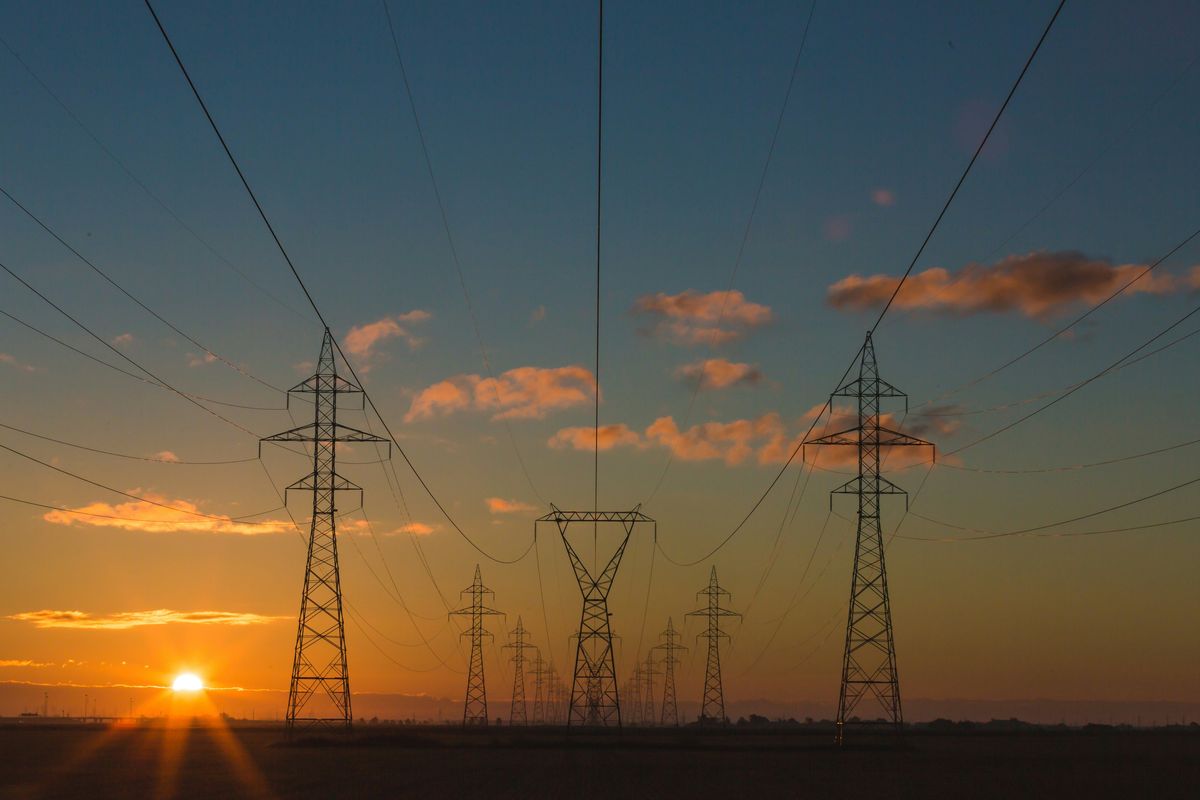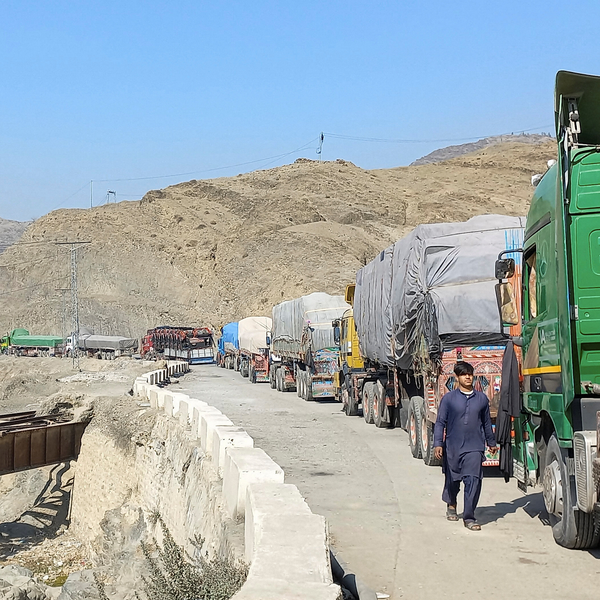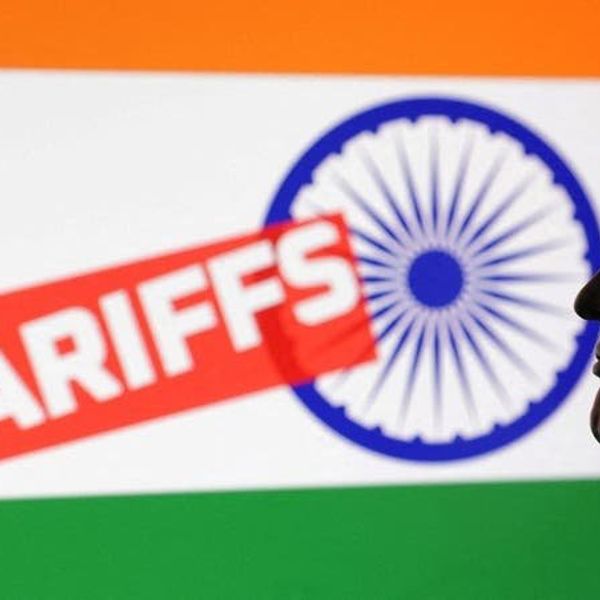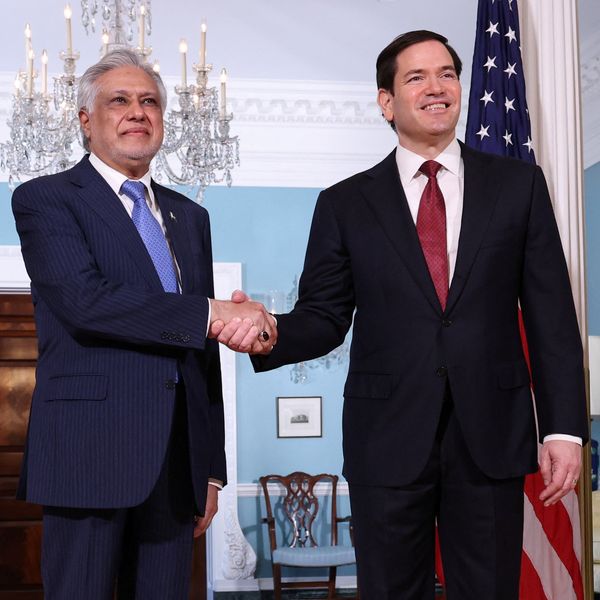Power generation costs fall 15% as Pakistan’s output holds steady in September
Hydel and nuclear sources gain share in the energy mix, while analyst warns inefficiencies could limit consumer relief

Haris Zamir
Business Editor
Experience of almost 33 years where started the journey of financial journalism from Business Recorder in 1992. From 2006 onwards attached with Television Media worked at Sun Tv, Dawn Tv, Geo Tv and Dunya Tv. During the period also worked as a stringer for Bloomberg for seven years and Dow Jones for five years. Also wrote articles for several highly acclaimed periodicals like the Newsline, Pakistan Gulf Economist and Money Matters (The News publications)

Pakistan’s power generation rose 1% year-on-year to 12,592 gigawatt-hours (GWh) in September, though it fell 11% from August levels, according to data from the National Electric Power Regulatory Authority (NEPRA).
Analysts attributed the month-on-month decline to seasonal factors, including lower hydel and coal-based output as water flows and demand patterns shifted with the weather.
Total power generation for FY26’s first quarter stood at 40,933 GWh, up a modest 1% from the same period last year.
The average cost of power generation dropped sharply to PKR 7.1 per unit in September, down 15% year-on-year and 8% compared to August. For the quarter, the average generation cost was PKR 7.6 per unit, marking a 9% annual decline.
Hydropower remained the largest source of electricity, contributing 4,783 GWh, or 38% of total output. However, hydel generation fell 13% month-on-month due to reduced river inflows.
Nuclear power output rose sharply, increasing 4% from August and 42% from a year earlier to 2,227 GWh, reflecting improved plant availability. RLNG-based generation dropped 17% month-on-month, while coal-based output declined 14%. Wind and solar power also saw seasonal decreases of 33% and 4%, respectively.
The overall energy mix shifted slightly, with hydel and nuclear power increasing their share, while dependence on RLNG and imported coal declined.
An energy analyst said that the drop in generation cost offers short-term relief for consumers and industries but warned that underlying structural issues persist.
"While lower fuel prices have eased the burden temporarily, Pakistan’s power sector continues to grapple with inefficiencies, high capacity payments, and distribution losses," he said.
"Without reforms in transmission and billing, cost savings from cheaper generation may not fully reach end users."










Comments
See what people are discussing